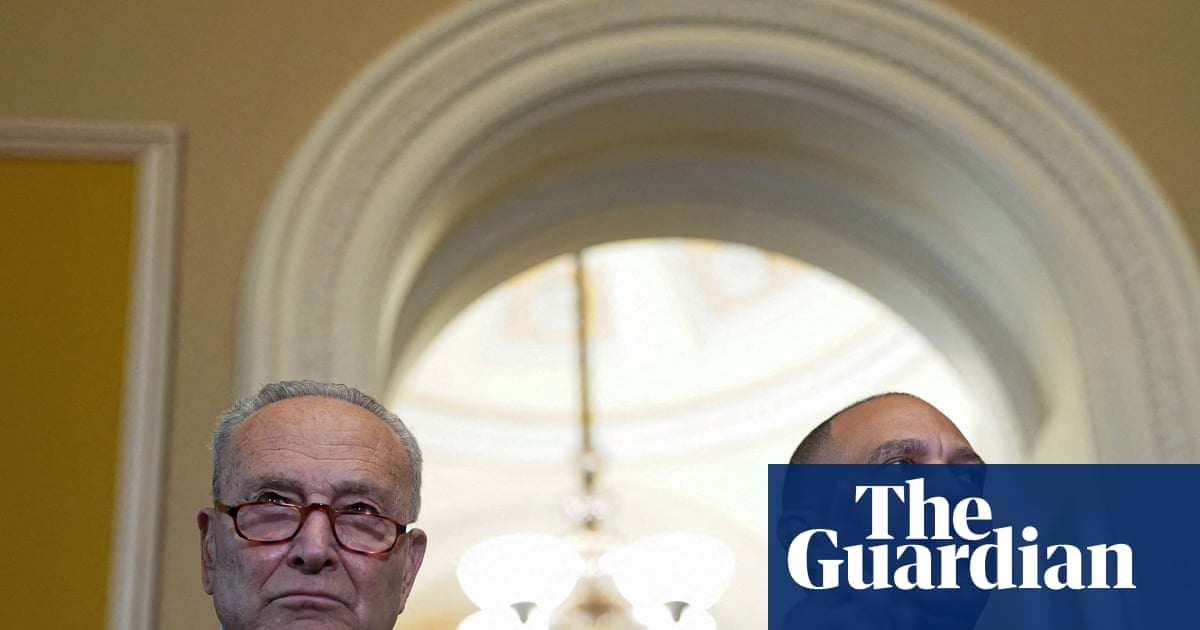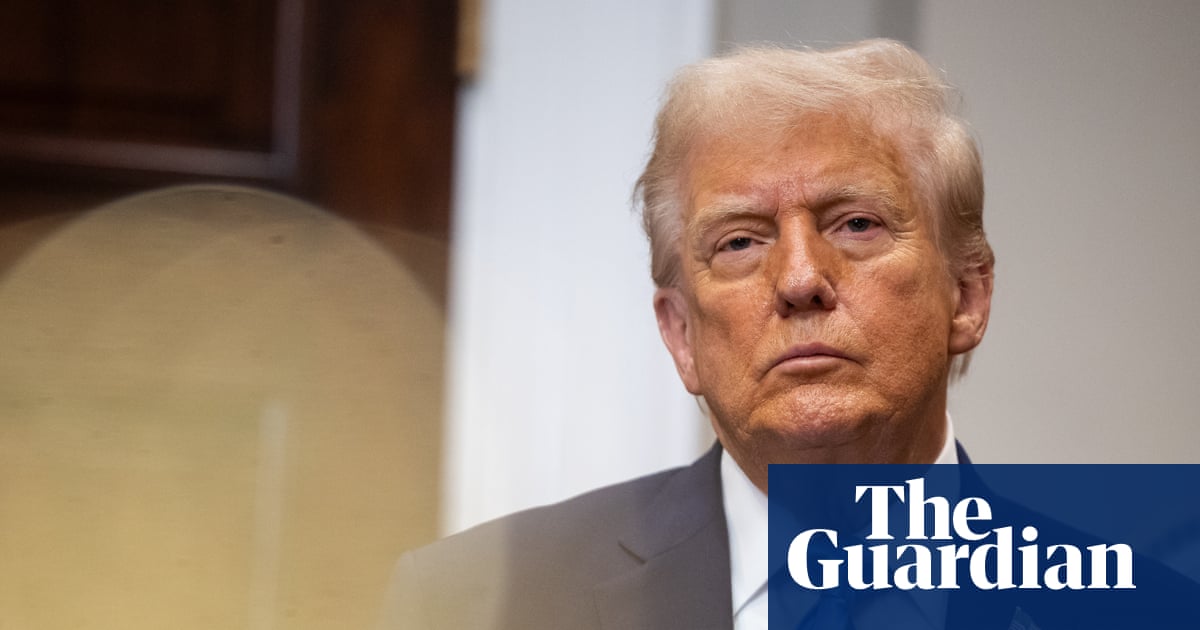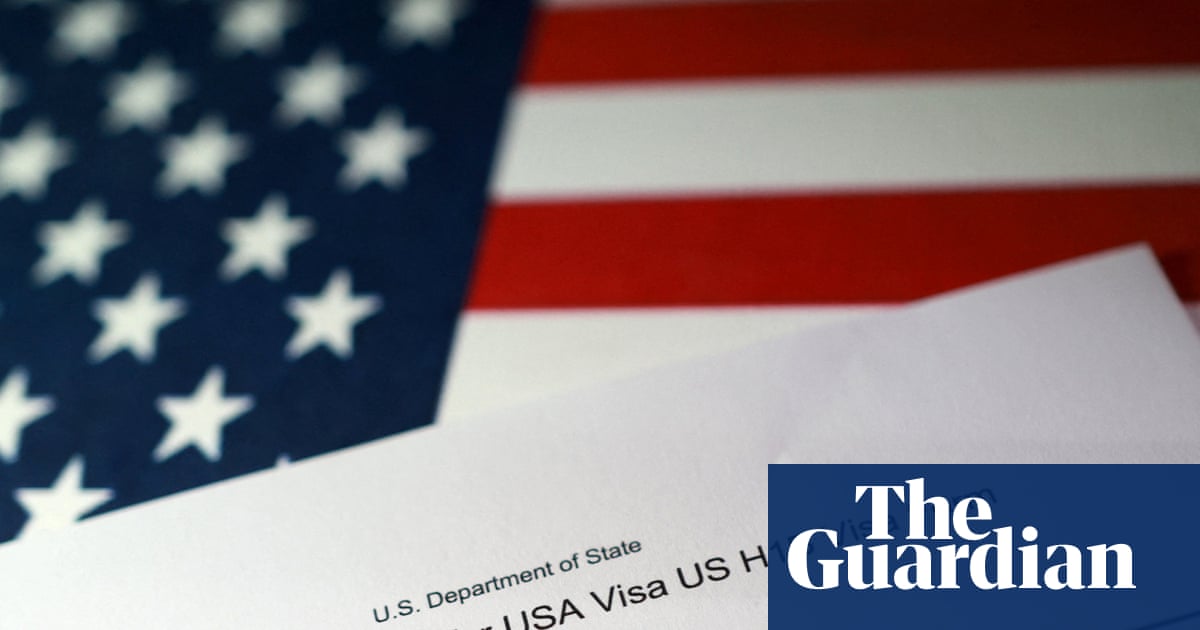In his second term as president, Donald Trump has deployed U.S. military forces in rarely used roles in domestic law enforcement.
Besides sending military troops to Los Angeles to counter protests over immigration raids, Trump sent the National Guard to patrol the streets of Washington, D.C., claiming crime in the city is “out of control.”
As a political scientist who studies civil-military relations, I recognize the fundamental problems of militarizing domestic law enforcement, which the Posse Comitatus Act prohibits.
Militarizing law enforcement risks using excessive force against civilians by troops trained for warfare. And it undermines a constitutional principle, enshrined in the Bill of Rights, that limits the coercive power of the state against its citizens.
A more menacing problem, however, is politicizing the military through association with partisan politics. That erodes public trust in the armed forces.
With continued militarization of law enforcement, the United States is entering largely uncharted waters.
But in other countries, including Chile and Argentina, this is familiar territory. There, established democracies broke down in the 1970s into military dictatorships.
In the years before these breakdowns, the militaries in both countries were broadly opposed to meddling in politics.
However, civilian elites could not resolve their own governance failures. They exacerbated civil unrest and economic instability and successfully encouraged the military to intervene.
Trump administration tactics
Three Trump administration tactics mirror those of officials in Chile and Argentina who politicized their militaries.
The first is priming the public to focus on exaggerated threats to society. Trump administration officials have sought to “liberate” Los Angeles. They have touted arrests of the “… Worst of the Worst Criminal Illegal Aliens” in Los Angeles.
Priming the public this way establishes a danger so great that ordinary – civilian – resources are an insufficient response. Military resources become the solution.
Emblematic of this tactic is Trump’s executive order deploying the National Guard to Washington, D.C. He falsely declared a “crime emergency” in the capital so great as to “undermine critical functions of Government and thus the well-being of the entire Nation.”
The D.C. deployment has opened the door to Guard deployments in other cities. Deployment to multiple cities has the potential to normalize the presence of troops in communities nationwide.

Latin American conditions in the 1970s were far more dire. Yet there, too, rather than find political solutions, elected leaders sounded alarms and looked to the military.
The months before Chile’s coup in 1973 were marked by rationing, strikes and street protests.
That led the opposition-dominated lower house of Congress to pass a resolution calling on the military to “put an end to” the government of President Salvador Allende, whom they lacked sufficient votes to constitutionally impeach.
Although Congress and Allende had months to work for compromise solutions to the nation’s problems, both remained intransigent. With the resolution, Congress handed the military a blank check to intervene. The military took over just three weeks later.
Using the military as backup
A second tactic is to place military forces in prominent missions as backup for nonmilitary personnel. The expectation is that they will reinforce each other seamlessly.
The Trump administration’s deployment of Marines in Los Angeles required that they protect federal immigration agents without engaging in law enforcement. In practice, however, lines may not be so clear.
Military troops may be tasked into law enforcement support operations where they directly confront civilians. This happened in Los Angeles, where Marines detained a civilian who had entered an unauthorized zone. Such detention is by law the job of local law enforcement.
Yet more worrisome is when federal troops back up operations by Immigration and Customs Enforcement. ICE, created after 9/11 to support domestic anti-terrorism efforts and enforce federal immigration laws, has broad territorial jurisdiction. It also has greater enforcement power and fewer use-of-force limitations than police. Its most striking methods – masked agents, arrests without court warrants – have brought comparisons to Nazi Germany’s Gestapo secret police.
At least 19 states have authorized National Guard deployments to collaborate with ICE in targeting illegal immigration. All this raises the question of what ICE methods military troops may absorb through the collaboration.
Argentina reflects a worst-case scenario of how the military can absorb practices from nonmilitary agents that erode its professionalism.
In the two years before the 1976 coup, the army was prepared to counter two guerrilla groups – Montoneros and ERP – that orchestrated bombings and attacked police and military installations. Yet senior officers were deeply divided over any collaboration with the Argentine Anticommunist Alliance, a paramilitary group created by the civilian government that eliminated the government’s rivals.
The military repeatedly resisted the government’s requests to work with the AAA, considering it a loose cannon and competitor aligned with the police. As political violence escalated, public support for the military to take the lead in counterinsurgency grew.
The growing crisis galvanized an interventionist sector in the military, enabling the 1976 coup. Once in power, it adopted the AAA’s horrific methods, including enforced disappearance and clandestine murder. In short, the military eliminated the group and adopted its death squad methods.

Demanding political litmus tests
The third tactic may be the most debilitating within the military itself. It involves publicly shaming and firing military personnel for allegedly being woke.
The Trump administration seeks to eradicate wokeness from the military. Firings initially targeted officers at the highest ranks. Yet any misstep that can be deemed political – such as contradicting the president’s claims with intelligence assessments – appears to qualify for removal.
Yet while seeking to eliminate diversity, the tactic is likely to encourage a culture of institutional policing and concealment. This erodes military norms of merit-based promotion and professional trust.
In both Chile and Argentina, it was professedly apolitical officers who led the coups of the 1970s. Chile’s Gen. Augusto Pinochet and Argentina’s Gens. Jorge Rafael Videla and Roberto Viola had established reputations as officers opposed to intervention.
Yet while their appearance of being apolitical facilitated promotion to the highest ranks, it was no guarantee of moderation.
On the eve of the coup in Chile, the CIA reported uncertainty that Pinochet would “actively support” other leaders of the coup in the military.
Yet two months later, Pinochet had not only taken charge but was plotting to eliminate rival officers by arrest and even assassination. He also created a specialized intelligence agency to carry out political repression.
Similarly, Argentina’s Videla and Viola were long viewed as moderates. The CIA reported that Argentine officials and business leaders preferred Videla lead the coup, believing his moderate stance would leave political parties and labor organizations “unchanged.”
Yet after coups brought them to power, they endorsed repression and presided over the shuttering of all representative institutions. Systematic repression through extrajudicial executions and thousands of enforced “disappearances” followed.
The dangers of a partisan military
To be sure, none of these tactics destine the United States to democratic breakdown or military takeover. But Americans ignore the partisan use of the armed forces at their peril.
Fortunately, for Argentina and Chile there was a pathway out of dictatorship. But it took decades of concerted work by democratic leaders and citizens to restore full rule of law and rebuild democratic institutions.
To this day, their armed forces remain tainted by the weight of their misrule and repression some 50 years ago. This is not a path that other democracies can afford to take.

 German (DE)
German (DE)  English (US)
English (US)  Spanish (ES)
Spanish (ES)  French (FR)
French (FR)  Hindi (IN)
Hindi (IN)  Italian (IT)
Italian (IT)  Russian (RU)
Russian (RU)  3 hours ago
3 hours ago
























Comments